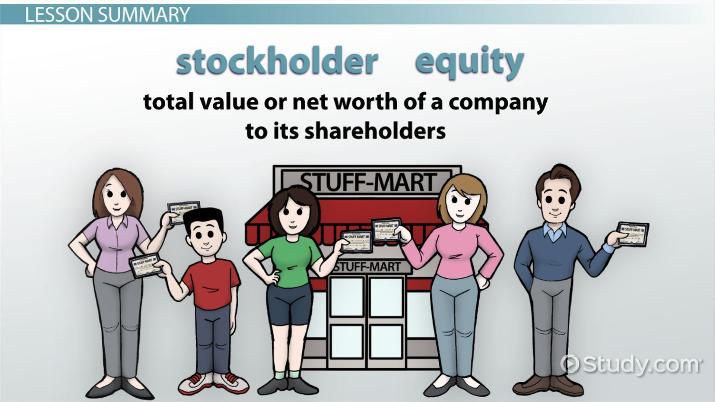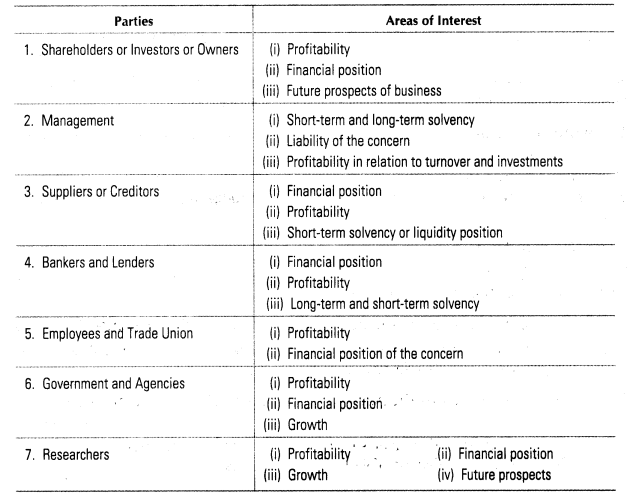Content

Gross means the total or whole amount of something, whereas net means what remains from the whole after certain deductions are made. For example, a company with revenues of $10 million and expenses of $8 million reports a gross income of $10 million and net income of $2 million . Accounting standards define an asset as something your company owns that can provide future economic benefits. Cash, inventory, accounts receivable, land, buildings, equipment – these are all assets. Liabilities are your company’s obligations – either money that must be paid or services that must be performed.

Data contained herein from third party providers is obtained from what are considered reliable sources. However, its accuracy, completeness or reliability cannot be guaranteed. An unexpectedly large moderation in the Fed’s preferred inflation gauge cheered investors, lifting stocks to their third straight weekly gain.
Example of net income vs. profit
Gross profit totals come in handy when reviewing variable costs within your business. Variable costs are any costs that fluctuate based on output levels. Gross profit does not include fixed costs, such as human resources or equipment. Analysts and investors who use net income to assist with company evaluations often consider the specific calculations used to determine the company’s taxable income in addition to net income totals. This is because net income figures may be manipulated through hiding expenses or other unethical techniques.
Can assets be income?
4. Stocks, bonds, Treasury bills, certificates of deposit, mutual funds, and money market accounts. Interest or dividends earned are counted as income from assets even when the earnings are reinvested. The value of stocks and other assets vary from one day to another.
The only way to know for sure what someone means is to ask them exactly what is included and/or what is deducted from the figure. Hearst Newspapers participates in various affiliate marketing programs, which means we may get paid commissions on editorially chosen products purchased through our links to retailer sites. Revenue is the amount earned from a company’s main operating activities, such as a retailer selling merchandise or a law firm providing legal services.
Premium Investing Services
Variable expenses can change based on numerous factors, so you can’t always predict what they will cost. Understanding the difference between net income and profit is vital for business owners in any industry. The asset reserves of the Old-Age, Survivors, and Disability Insurance Trust Funds represent the accumulation over time of the difference between income and cost. The growth of the asset reserves from the end of December 1986 through the end of December 2022 is shown below by calendar quarter. Net profit is another important parameter that determines the financial health of your business.
Net income appears on a company’sincome statementand is an important measure of the profitability of a company. While both terms refer specifically to income amounts, they have different meanings. Net income, sometimes referred to as “net profit,” is a single figure that represents a specific profit type. On the other hand, profit is the total amount of revenue after you’ve deducted business expenses.
What are assets?
Notice that Wal-Mart lists its cash and cash equivalents on its balance sheet first. This line includes cash in the bank, and investments that mature in three months or less. Being cash, or cash-like, it’s only natural that this appears first on the balance sheet because cash and short-term investments are very liquid. Getting into the habit of regularly educating yourself on finance is possible at any stage in your life.
An income statement shows your company’s total revenue and cost of goods sold, followed by the operating expenses, interest and taxes. A fund flow statement shows how cash has flowed in and out of an organization over a specific period of time. An income statement shows the profit or loss of a business over a period of time.
Difference Between Equity and Assets
The key difference between equity and liabilities in tax is that equity represents the ownership stake that shareholders have in a company, while liabilities are debts or obligations that a company owes to others. The key difference between equity and liabilities in business is that equity represents the ownership stake that shareholders have in a company, while liabilities are debts or obligations that a company owes to others. The key difference between equity and liabilities in finance is that equity represents the ownership stake that shareholders have in a company, while liabilities are debts or obligations that a company owes to others. The key difference between equity and liabilities in accounting is that equity represents the ownership stake that shareholders have in a company, while liabilities are debts or obligations that a company owes to others.
- Next comes the firm’s earningsper share, which is calculated by dividing net income by the number of shares.
- Build models effortlessly, connect them directly to your data, and share them with interactive dashboards and beautiful visuals.
- Because these events follow a pretty regular pattern, seasonal adjustment allows for a more accurate measure of how employment and unemployment change from month to month.
- For example, say Company Z listed its gross profit for 2021 as $100,000.
- Getting into the habit of regularly educating yourself on finance is possible at any stage in your life.
Simply put, it is the difference in taxes that arises when taxes due in one of the accounting period are either not paid or overpaid. GoodwillIn accounting, goodwill is an intangible asset that is generated when one company purchases another company for a price that is greater than the sum of the company’s net identifiable assets at the time of acquisition. It is determined by subtracting the fair value of the company’s net identifiable assets from the total purchase price. Deferred Tax AssetsA deferred tax asset is an asset to the Company that usually arises when either the Company has overpaid taxes or paid advance tax. Such taxes are recorded as an asset on the balance sheet and are eventually paid back to the Company or deducted from future taxes.
Related Differences
While lenders may consider your income or debt-to-income ratio to determine your eligibility for credit, neither are factors in your FICO® Score☉ . However, you’ll likely need good credit to qualify for credit cards and loans—like a debt consolidation loan to pay off debt what is the difference between income and assets and improve your net worth. Get free access to your Experian credit report and credit score to see where your credit currently stands and how specific scoring factors may be impacting your credit score. Your income is significant because you can use it to generate wealth.

While calculating the total sales, include all goods sold over a financial period, but exclude sales of fixed assets such as buildings or equipment. The Charles Schwab Corporation provides a full range of brokerage, banking and financial advisory services through its operating subsidiaries. Its broker-dealer subsidiary, Charles Schwab & Co., Inc. , offers investment services and products, including Schwab brokerage accounts. Its banking subsidiary, Charles Schwab Bank, SSB , provides deposit and lending services and products. Access to Electronic Services may be limited or unavailable during periods of peak demand, market volatility, systems upgrade, maintenance, or for other reasons. The next line in the income statement, after net income, displays the average number of common shares of the company’s stock that are held by investors.
